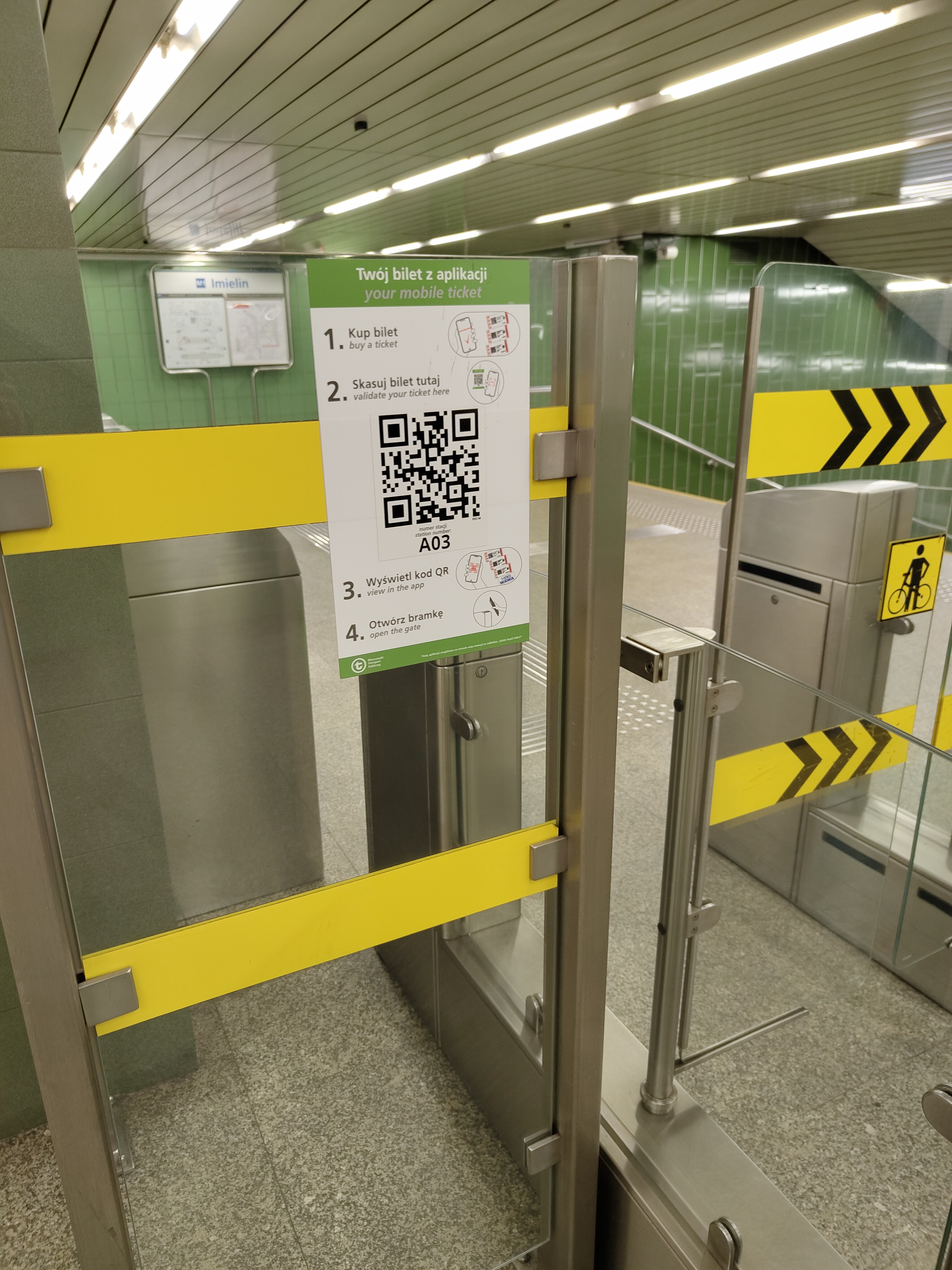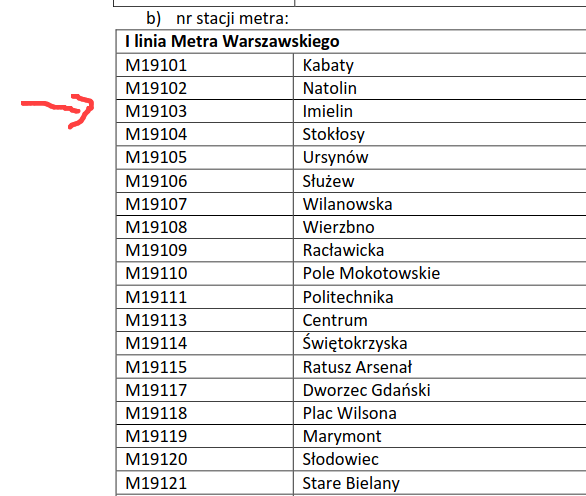3 minutes
Easy ticket validation 🎫
Intro
Continuing the series of stupid things in the real world, today we’ll take a look at transportation in Warsaw. And how ticket validation works for this service.
In short - it sucks. After you buy a ticket on your phone, you have to scan a QR code within 20 seconds. If you fail to find the QR code on the station, the app crashes, or your phone lags, tough luck - you’re blocked for 3 minutes. Maybe you can buy another ticket and try again? Nope, you’re blocked for 3 minutes for all your tickets.
Why it works like this? I don’t even want to think about it. It’s probably some legacy security measurement to help ticket inspectors, I don’t care.
What I care about is how I can improve the experience for myself.
Recon
Let’s start with scanning one of the QR codes, and see what’s the data behind it.

After scanning it we can find the following text:
WTPWarszawa_M19103What do you do when you find a random piece of data? You google it.
After checking the results, I’ve found this PDF from the Warsaw Transport company:
It contains all the code for all the stations.

So jackpot, I guess. Now we can generate the QR codes for all the stations, and have them at hand to validate.
Second device?
But even if we generate all the QR codes, we need some way to display them.
I could print them out, but that’s too much hassle.
So let’s think of another device I could have at hand with me.
Maybe my Kindle would do, but it’s not really pocket size, and I’d prefer not to switch between QR codes and books.
Then I thought about my Flipper Zero (tamagochi for hackers), which I’ve bought recently.
QR codes on Flipper Zero
After another quick search in Google, I’ve found this library for generating the QR codes on the Flipper.
It requires QR code data to be provided in the form
of a file with .qrcode extension.
Filetype: QRCode
Version: 0
Message: your content hereCool, so let’s write a quick Python script to generate these files.
code_names = {'M19101': 'Kabaty',
'M19102': 'Natolin',
'M19103': '0 Imielin', # prepend 0 to make it appear at the top
'M19104': 'Stoklosy',
'M19105': 'Ursynow',
'M19106': 'Sluzew',
'M19107': '0 Wilanowska', # prepend 0 to make it appear at the top
'M19108': 'Wierzbno',
'M19109': 'Raclawicka',
'M19110': 'Pole Mokotowskie',
'M19111': 'Politechnika',
'M19113': 'Centrum',
'M19114': 'Swietokrzyska',
'M19115': 'Ratusz Arsenal',
'M19117': 'Dworzec Gdanski',
'M19118': 'Plac Wilsona',
'M19119': 'Marymont',
'M19120': 'Slodowiec',
'M19121': 'Stare Bielany',
'M19122': 'Wawrzyszew',
'M19123': 'Mlociny'}
# example qr code:
# WTPWarszawa_M19123
file_first_line = 'Filetype: QRCode\n'
file_second_line = 'Version: 0\n'
file_message_prefix = 'Message: WTPWarszawa_'
for code, name in code_names.items():
f = open('qrcodes/' + name + '.qrcode', "w")
f.write(file_first_line)
f.write(file_second_line)
f.write(file_message_prefix + code)
f.close()
Now, let’s transfer them to the device.


And run it on the Flipper.


